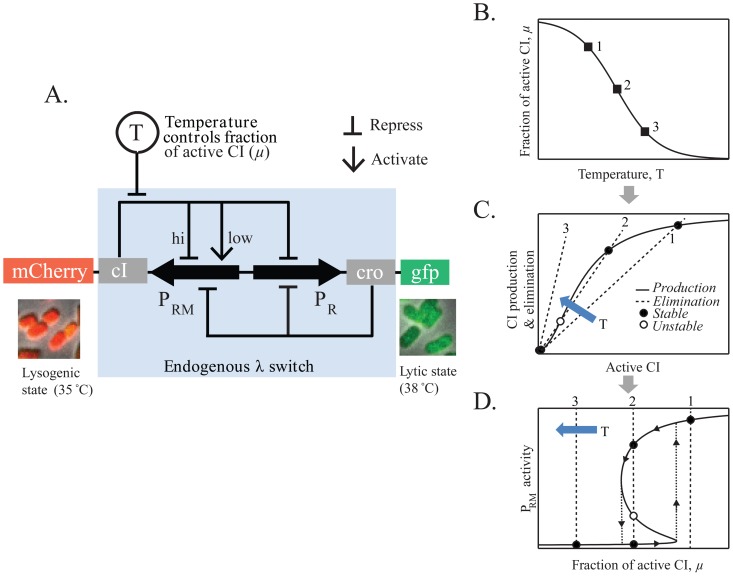Figure 1. The lysogeny maintenance circuit of bacteriophage lambda.
(A) A two-color reporter system for measuring PRM and PR activity in individual cells. In the endogenous circuit, cell state is determined by a competition between CI (produced from PRM) and Cro (produced from PR). After dimerization, both proteins regulate each other's transcription as well as their own. In the reporter system, the cI and cro transcripts also encode red and green fluorescent proteins, respectively, allowing the detection of PRM and PR activity in individual cells under the microscope. The cI857 allele used is temperature-sensitive, and temperature is used as a “control knob” in the experiments, by varying the fraction of active CI molecules in the cell. (B–D) Using temperature to control cellular state (schematic). At a given temperature, only a fraction μ(T) of CI molecules in the cell are active (panel B). As a result, the balance between CI production and elimination shifts as temperature is changed (panel C, plotted as a function of the amount of active CI in the cell). In particular, in the example shown, as temperature increases the system moves from having a single, high-PRM state (corresponding to lysogeny, at temperature #1), to having two stable states (high PRM, low PRM; bistability, at temperature #2) and finally to a single, low-PRM state (lytic-onset, at temperature #3). Panel D depicts the steady states of the system for different temperatures (equivalently, values of μ). In the region around #2, hysteretic behavior is expected with cells following the paths indicated by the arrows: Since both states are stable, cells will mostly stay in the state they were originally in. In other words, cell state is dependent on its history.

